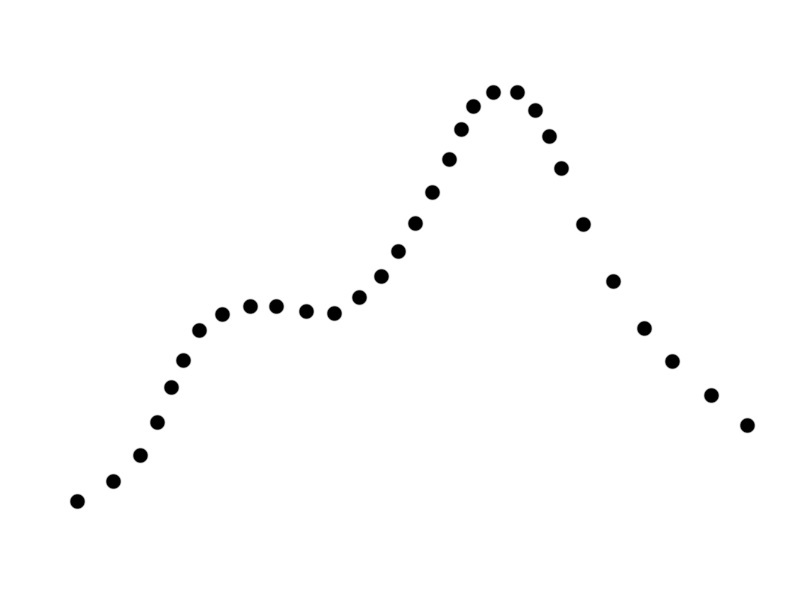Answer the question
In order to leave comments, you need to log in
How to divide the "peak" of a function into two simple peaks?
Good day. Sorry for the trivial question. It's hard at the university with mathematics, and especially with functional analysis. There are experimental data, points on which a graph is built, which does not have an analytical formula at this stage. For example, 
let's assume that the original "peak and shoulder" function is a superposition of two "simple peaks", such as parabolas. How to split this peak? At the same time, get 2 functions (analytical formulas, for example, in the form of a polynomial of the nth degree), when added, we get the original graph.
Surely it is necessary to first approximate the function, and then divide by some method. Actually the problem is the lack and ignorance of the method. I would be very grateful if you poke into the literature with a description of this method, and even better with an algorithm for its implementation.
Answer the question
In order to leave comments, you need to log in
The sum of two parabolas is also a parabola. Like the sum of any two polynomials, it is a polynomial of the same degree.
Perhaps the graph can be represented as a sum of two normal distributions:
f(x)=a1*exp((x-b1)^2/c1)+a2*exp((x-b2)^2/c2).
There are 6 unknowns. Write down the function F(a1,b1,c1,a2,b2,c2)=sum((f(x_i)-y_i)^2) and look for its minimum. For example, using the gradient descent method.
Short answer to the question: you want the impossible, strictly speaking. You can also add heuristic algorithms, but you seem to want something else))
Didn't find what you were looking for?
Ask your questionAsk a Question
731 491 924 answers to any question